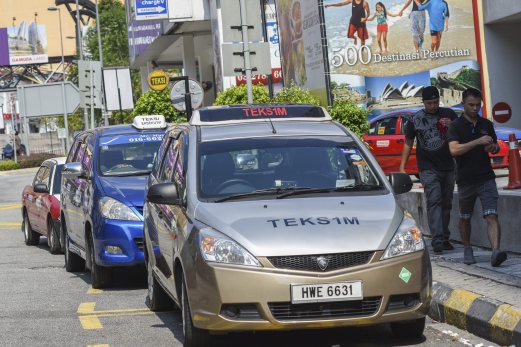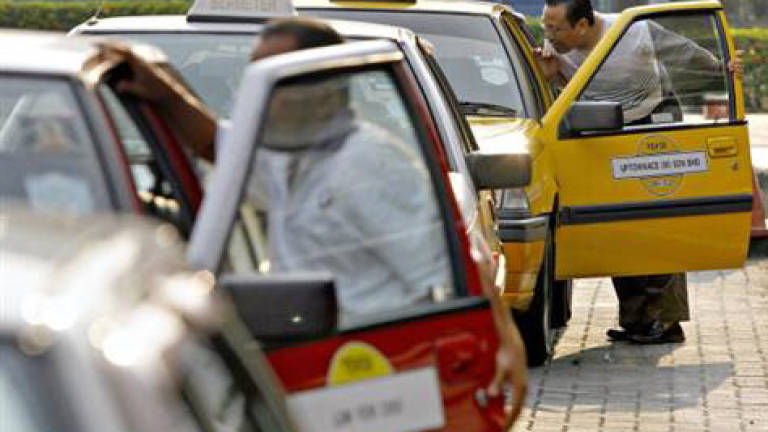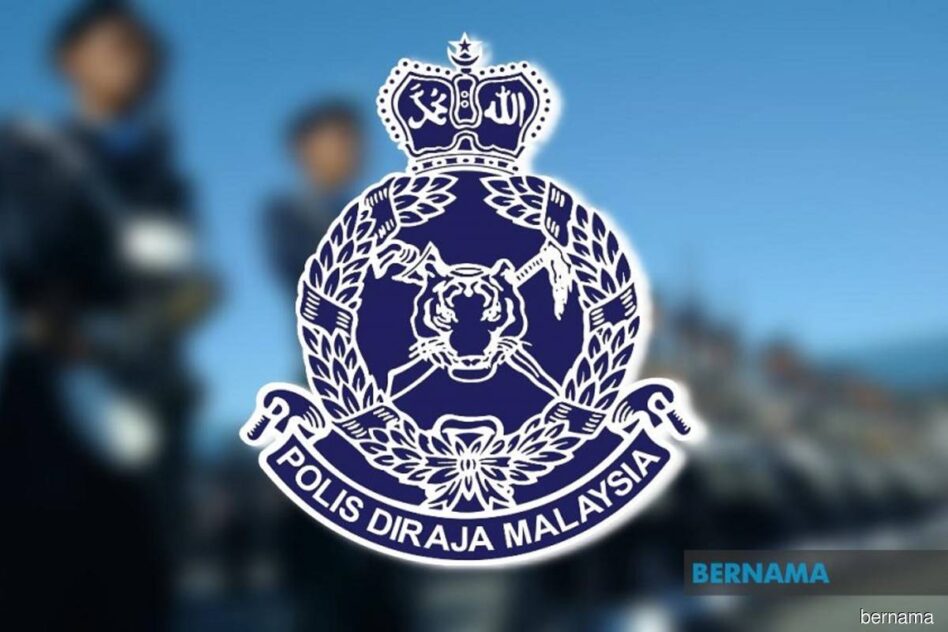I REFER to As London Black Cab continues to thrive, KL’s red-white taxis seem to be on the verge of extinction (FocusM, Nov 3).
Budget taxis operating in Kuala Lumpur could go anywhere in the Klang Valley and Kuala Lumpur International Airport. They are painted red and white for easy identification except at one time, taxi companies were allowed to repaint them using the colour of their choice.
In March 2013, Teksi 1Malaysia (TEKS1M) was introduced using a new standardised colour and meant to gradually replace all budget, premier and executive taxis, as there were too many classes of metered taxis, causing confusion to both locals and visitors.
The Proton Exora MPV was chosen as the first TEKS1M model, as it was affordable and more spacious than the Proton Iswara, which had remained the mainstay for taxi operators ever since the Proton Saga 1.5 was introduced in 1987, two years after the launch of the Proton Saga 1.3.
The Land Public Transport Commission (SPAD) was then touting TEKS1M using Proton Exora as the best in class in ASEAN but was derailed by three major factors. Before TEKS1M was launched, some taxi companies were already offering the Proton Exora model to cabbies.
Anyone with a public service vehicle (PSV) licence could sign a rental-purchase agreement, pay a deposit of several thousand ringgit, take delivery of a new Exora taxi, start picking up passengers, and charge metered fares based on budget taxi rates.
Proton Exora cabbies were not deterred by the higher vehicle cost and therefore rental, as they hoped to secure more bookings to the airport by operating a more comfortable vehicle with ample space for luggage. Often, an Iswara boot lid cannot be closed and has to be tied down.
But many of these drivers dumped their Proton Exora taxis after repeatedly experiencing burnt engine valves, as the Campro engine used was unable to handle the high heat generated by the combustion of natural gas for vehicles (NGV), unlike the Mitsubishi engine used in Iswara.

In March 2014, 1,000 TEKS1M drivers were trained in Kuala Lumpur, Penang and Johor Baru. They were selected from 30,000 applicants, and 697 were granted to those in the Klang Valley, 251 in Johor, and 52 in Penang.
But in August 2014, UberX service was introduced to the Klang Valley using private cars with RM1.50 as the starting fare, RM12 per hour and 55 sen per km while budget taxi fares were RM3, RM17.14 and 87 sen respectively. That was the beginning of the end for many cabbies.
Most taxi drivers started to switch jobs or use e-hailing services, except for a few who found it too challenging to use smartphones to accept bookings and those intent on carrying on making a quick buck by overcharging passengers and continuing with their take it or leave it attitude.
The proliferation of radio taxi firms caused their own demise, as there were just too many operators, each with a limited number of participating cabbies. During rush hours and especially when it rains, it was almost impossible to get a cab unless a generous tip was offered upfront as a bribe.
Radio cabs would have survived if all operators pooled their resources together and customers needed to call only one hotline hunting number to have access to all the taxis available at any one time instead of frantically calling one by one.
Moreover, I have driven premier and budget taxis in Kuala Lumpur from 2000 to 2010 and did not treat passengers as passing ships of the night, never to see them again. My honesty, courtesy and defensive driving resulted in many of them booking my taxi for airport trips or hourly use.
Some of the bookings came from people I have never met before, as I was highly recommended by those that I have served, including those calling from Saudi Arabia. I place a sticker “Free for nice people” on my taxi but my passengers insist on paying and most of them tip.
I have conducted training for van taxi drivers in Pangkor, women driving Teksi Wanita and 1,000 TEKS1M drivers. I urged all of them to give the best possible service and build up their customer base. Apart from fares, they could also earn tips and shopping commissions.
In this way, they will enjoy driving a taxi and their passengers will have a pleasant experience but if they treat passengers like cargo, they will be better off driving trucks. Their fortune or misfortune is of their own making, and the government or authorities have little to do with it.
In any case, the Land Public Transport Agency (APAD) should continue to grant budget taxi permits, as a sufficient number of cabs is necessary to act as a countermeasure against e-hailing dominance, as their fares could surge shockingly high when demand far outstrips supply.
And finally, there is no future in any job; the future lies in the person who holds the job. – Nov 9, 2023
YS Chan is Asean tourism master trainer for travel agencies, master trainer for Mesra Malaysia and Travel & Tours Enhancement Course. He is also a tourism and transport industry consultant and writer.
The views expressed are solely of the author and do not necessarily reflect those of Focus Malaysia.
Main photo credit: The Sun Daily









